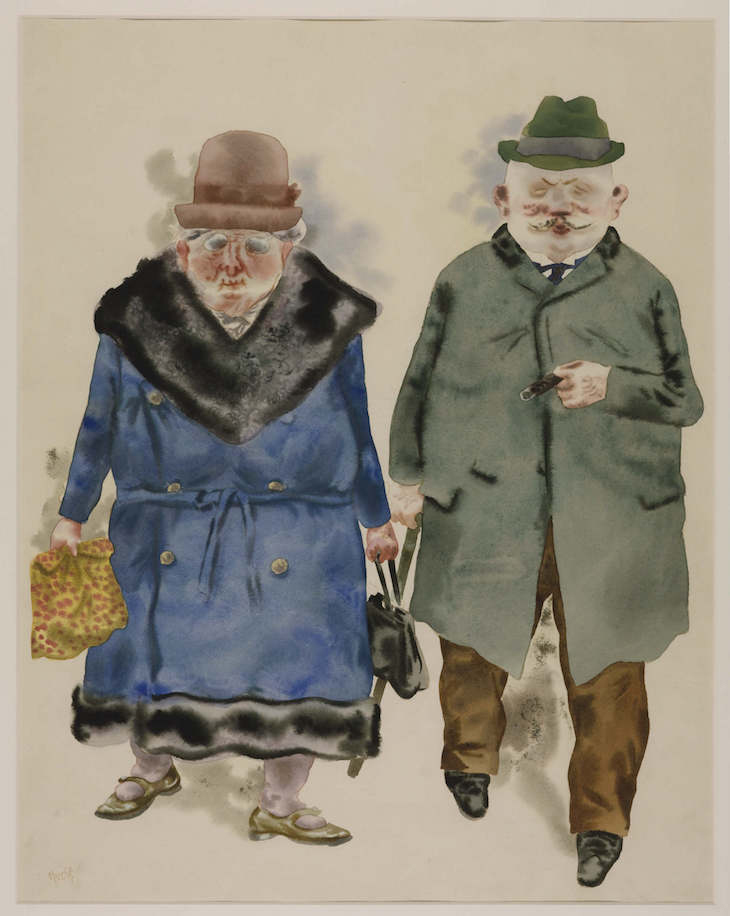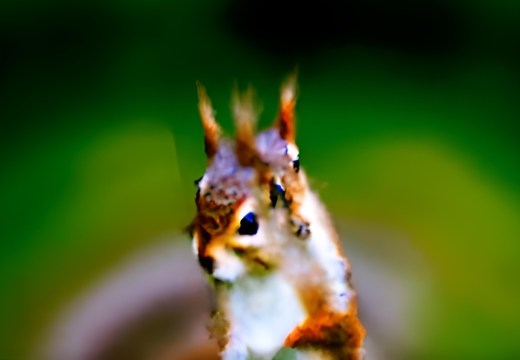Around 70 paintings and works on paper will address the complex paradoxes of the Weimar era in this year-long display at Tate Modern. From 1919–33, the period of Germany’s Weimar Republic, liberalisation and anti-militarism flourished in tandem with political and economic uncertainty. The term ‘magic realism’ was coined by artist and critic Franz Roh in 1925 to describe a shift, from the anxious and emotional art of the expressionist era towards the cold veracity and unsettling imagery of this interwar period. Drawing on the holdings of the George Economou Collection, the exhibition includes work by Otto Dix, George Grosz, Max Beckmann, among others. Find out more about the ‘Magic Realism’ exhibition from Tate’s website.
Preview the exhibition below | See Apollo’s Picks of the Week here

The Acrobat Schulz V (1921), Albert Birkle. © DACS, London 2018

A Married Couple (1930), George Grosz. © Estate of George Grosz, Princeton, N.J. 2018.

Girl with Pink Hat (1925), Hans Grundig. © DACS, 2018

Brüderstrasse (Free Room) (1930), Jeanne Mammen. © DACS, 2018

International Riding Act (1922), Otto Dix. © Estate of Otto Dix 2018











![Masterpiece [Re]discovery 2022. Photo: Ben Fisher Photography, courtesy of Masterpiece London](https://apollo-magazine.com/wp-content/uploads/2022/07/MPL2022_4263.jpg)
Sitting pretty – what makes a good museum bench?